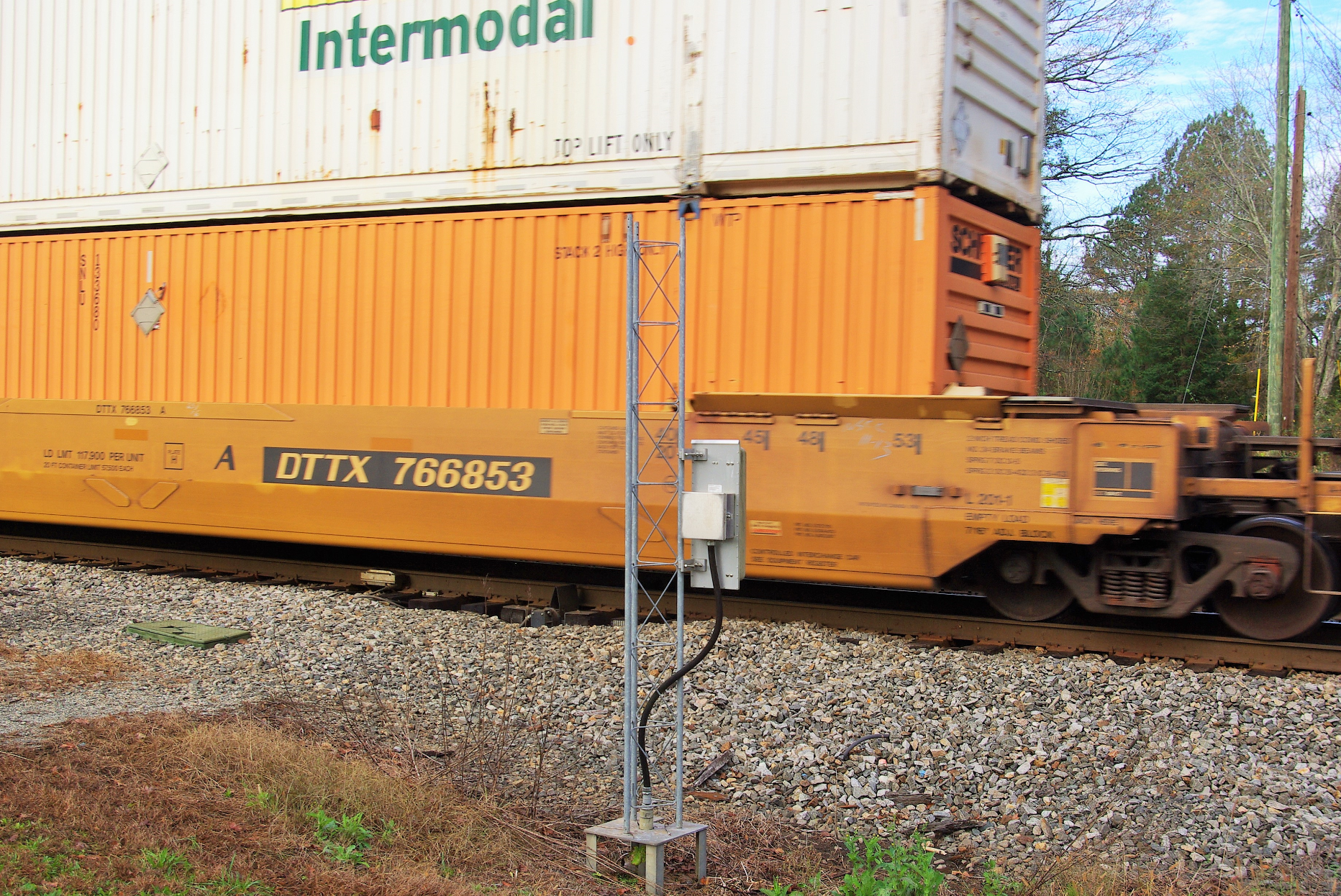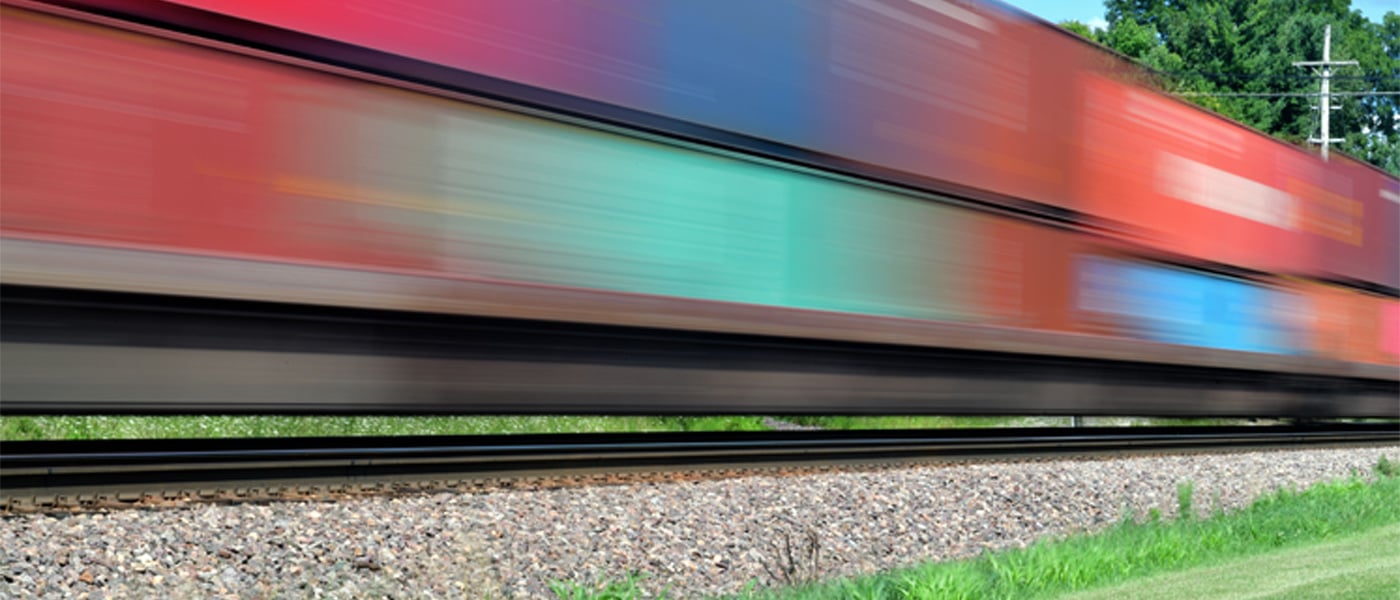How Intermodal Container Event Reporting Works on Rail
What is Automated Equipment Identification (AEI)?
Automated Equipment Identification (AEI) has been the backbone of rail event reporting for years. In fact, you can find bolted on both sides of railcars what are called AEI “tags” that contain a chip to identify their mark and car number, such as DTTX 123456.
As a railcar passes, trackside AEI scanners read the tags. This read identifies the place and time of the railcar event. This information is then transmitted to the respective railroad, turned into an “event,” stored in the railroad's system and lastly forwarded to relevant parties via TRAIN-II message system or as a Car Location Message (CLM). This process is known as “event reporting.”
Each railroad strategically places AEI scanners either a few or many miles apart to ensure event coverage as railcars move throughout their trip. This process works well for railcars, however for containers that don’t have AEI tags, event reporting is different.
What does event reporting look like for containers?
A trip begins when a container is loaded onto a well or flat car. The railroads create an association between the container(s) and the rail car in their system. As the well car moves through its trip, it passes various AEI scanners, creating an event. Railroads then create a matching event for the associated containers that includes all the same event information, meaning the same movement information is recorded for both the well car and container.
When a container is placed on a well car it is referred to as the ‘RAMP’ event. The RAMP event usually contains information on which well car the container is associated with. This information allows for the creation of arrival and departure events for the container when the RAMP event is present for the well car and not the container. The car and container association persists until the container is removed or deramped (DRMP event) from the car at the destination intermodal facility.
Railinc, and subsequently TransmetriQ, receives approximately five million intermodal events per day on container moves and can report all of them as a single source in our rail visibility solutions.

Intermodal Train Passing AEI Reader
How Many Events are in a Container Trip?
The number of events received on a container depends on the origin and destination, the length of the haul, and which railroad(s) moved the container. For trips from the west coast inland (and vice versa) there can be between 80 and 130 different events reported from the start to the end of the trip. From the east coast inland (and vice versa), there may be as few as 10 or as many as 50 events reported. The difference between the west and east coasts is largely due to the length of the haul, as the distance traveled in the west is significantly longer. Particularly in the southeast, there are a number of the trips between the coastal ports and near inland ports. A good example is port Charleston, SC to the inland port in Greer, SC.
What Events do Containers Receive?
Events received during a container’s trip depend on if the move was an import, export or domestic.
- An import trip will generally start with a load of the container on the train (the RAMP event mentioned above) and end with the outgate of the container at the inland intermodal ramp.
- An export move will be the opposite, starting with an ingate at the intermodal ramp and ending with the unload of the container (the DRMP event mentioned above) at the port.
- A domestic trip will be bookended by an ingate at the origin ramp and an outage at the destination intermodal ramp.
Interested in learning more about intermodal visibility on rail and the events you’ll see during a container trip? To learn more about how TransmetriQ’s rail management solutions can improve your container visibility, click here.
